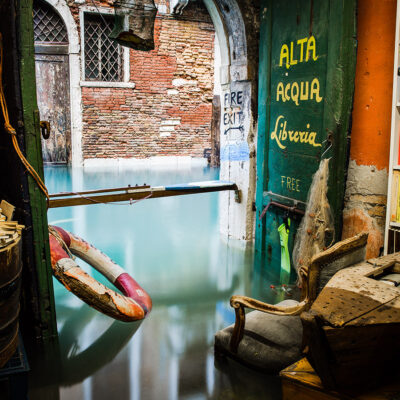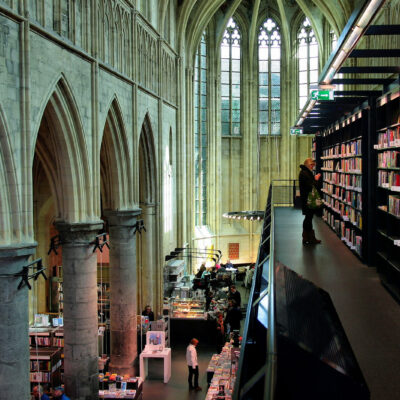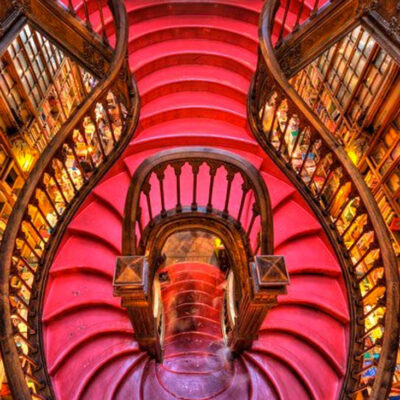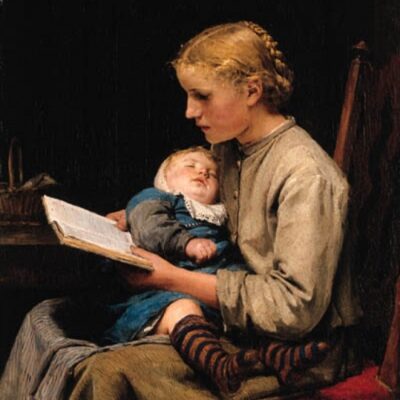Light on Bone by Kathryn Lasky
In Light on Bone, Kathryn Lasky takes us to the New Mexico Ghost Ranch of 1934, gifting us with its beauty as seen through the eyes of artist Georgia O’Keeffe. Although the novel is fiction, it is based on the real life of the artist and serves as an homage to the incredible images that inspired the artist’s paintings from 1934 to 1936.
She looked up at the sky and saw that the moon was beginning to slide down the thinning darkness to the west. It would be the perfect light for the jimsonweed. She tried to push what Lupe had once told her from her mind. That women often used it to abort. Come along, you deadly thing, she thought. It was the pale shadings of the petals’ green edges that intrigued her. In the darkness, of course, colors, particularly cooler colors like green, faded. The warmer colors too were quenched. But whites were startling in the moonlight. After a quarter of an hour, she moved to the calla lilies. They were so persistent in their begging for attention, for light, even though they would bloom the next day. Their throats were tipped toward the moonlight, as if gasping for it before it dissolved into the west. Cygnus the swan constellation was escorting the remnant of that moon, sweeping her into a new day. The light was perfect. A sudden breeze blew through the garden. All the flowers began to tremble. [p. 137]
 | Jimson Weed, White Flower No. 1, (1932) depicts one of Georgia O’Keeffe’s favorite subjects: a magnified flower. To her, the delicate blooms stood as some of the most overlooked pieces of naturally occurring beauty, objects that the bustling contemporary world ignored. So she made it her mission to highlight their complex structures, explaining: “When you take a flower in your hand and really look at it, it’s your world for the moment. I want to give that world to someone else. Most people in the city rush around so, they have no time to look at a flower. I want them to see it whether they want to or not.” Georgia O’Keeffe |
Light on Bone can be considered as both historical fiction and mystery. The narrative begins with Georgia O’Keeffe heading out from her New Mexico casita at Ghost Ranch to look for a horse’s skull she had seen in the desert. She finds vultures feeding on a man’s body.
She was eager to collect a horse skull she had spotted the other day but forgotten about until she was halfway home. She planned to bring it back and paint it on the patio—-never in the studio but against the bright blue sky. She really needed the light on bone. She might put the horse’s skull against a faded old American flag she had. No stars—-they would only distract from the shape. Even though she had already begun to think of it as her American painting. [p. 2]

Cow’s Skull: Red, White, and Blue
A hundred or so feet ahead, there was a dark heap. A lava rock? But there were no lava tubes around here. The old flows were mostly to the east in the ancient volcanic fields. And rocks didn’t billow in the wind. She slowed down. This was not rock but cloth, cloth that swelled on the gusts that swept the mesa. On the pile of fabric a vulture perched, pecking delicately at something pink and shiny. A coyote crouched patiently near the desiccated hub of a wagon wheel, and, perhaps oddest of all, a hollyhock bloomed, slightly out of season. A dazzling white hollyhock blossom—-whiter than the bleached horse skill. [p. 7]
In the continued narrative, the local sheriff, Ryan McCaffrey soon arrives and finds that the dead man dressed as a friar has a gun in his luggage as well as a map with O’Keeffe’s house marked with an ‘x’ and her initials. O’Keeffe joins the local sheriff to find out who-done-it and it is a treat to compare their uniquely diverse perceptions. The blood trail does not end with the dead man in the desert, it’s just the first in a string of disasters that bring McCaffrey and O’Keeffe together.
The ongoing plot line is immersed with vivid descriptions of the objects O’Keeffe collected from the desert that sparked her most famous paintings.
She remembered now how she had fallen asleep with the image of the hollyhock blossom the sheriff had stuck in the eye socket of the horse. Both white but different shades. The blossom was so white that it almost made the bone look yellow. Two such incongruous pieces of this world, and yet together they struck a rare harmony. That was so often how her paintings evolved in her mind. They grew bit by bit. Pieces she would pick up as she walked would become part of the painting. [p. 48-49]

In this surreal image, a ram’s skull and single hollyhock blossom assume monumental presence, floating mysteriously against cloudy skies and above a sweeping, undulant landscape that makes up the immediate foreground. Georgia O’Keeffe first traveled to New Mexico in 1929; soon thereafter she began collecting animal skulls and bones, motifs to which she returned repeatedly throughout her career. This painting marked a new direction for O’Keeffe’s evolving modernist style when it was exhibited in 1936 at photographer Alfred Stieglitz’s New York–based gallery, An American Place. [Brooklyn Museum]
Light on Bone is a wonderful story full of mystery, murder and even a bit of romance. I recommend reading it with a resource depicting Georgia O’Keeffe’s desert paintings. A few are listed below.
Resources:
Book: Georgia O’Keeffe: Flowers in the Desert
Website: Georgia O’Keeffe Museum
YouTube: Georgia O’Keeffe: Great Art Explained
Check Amazon for more on this book I love.

















